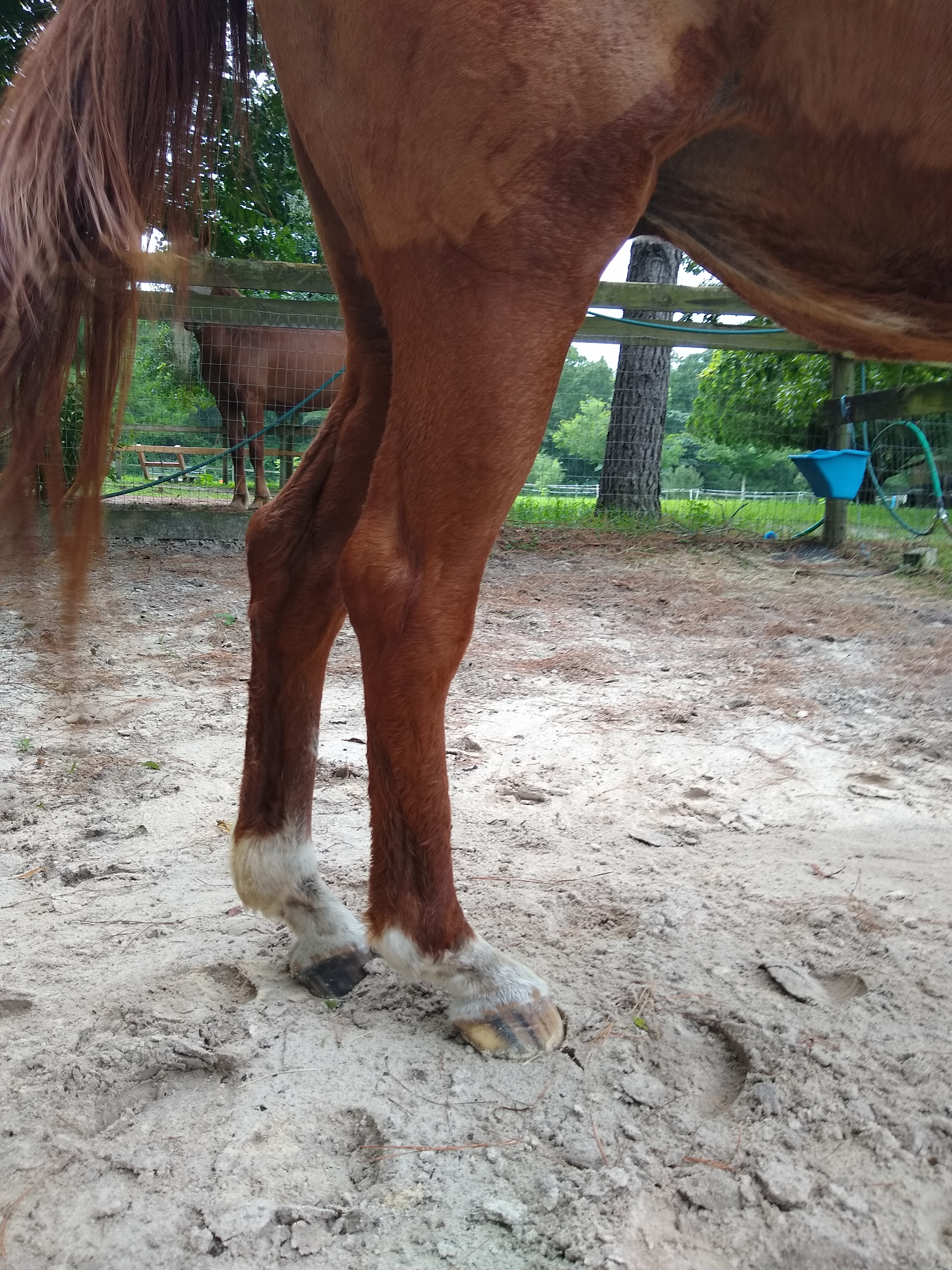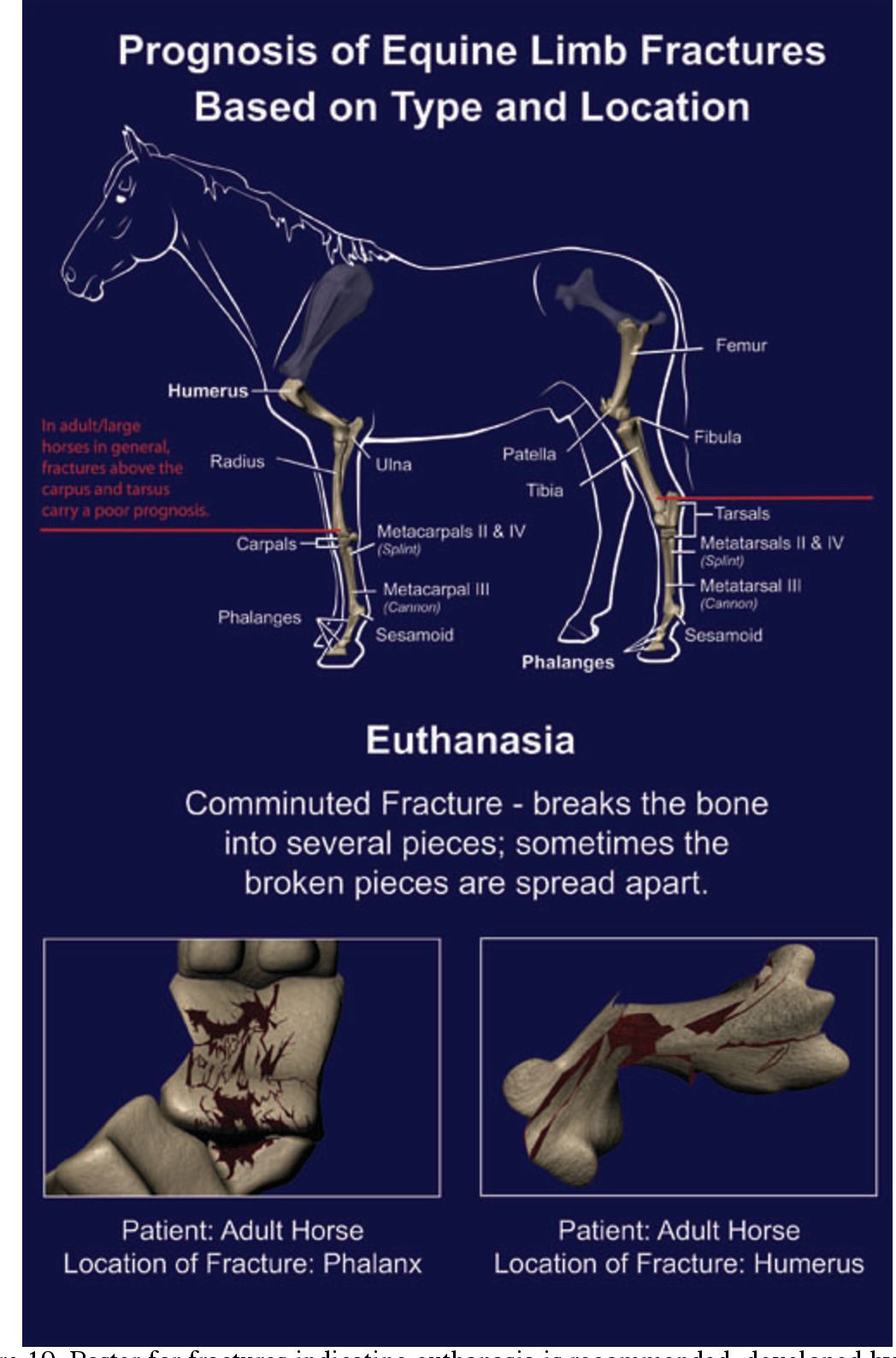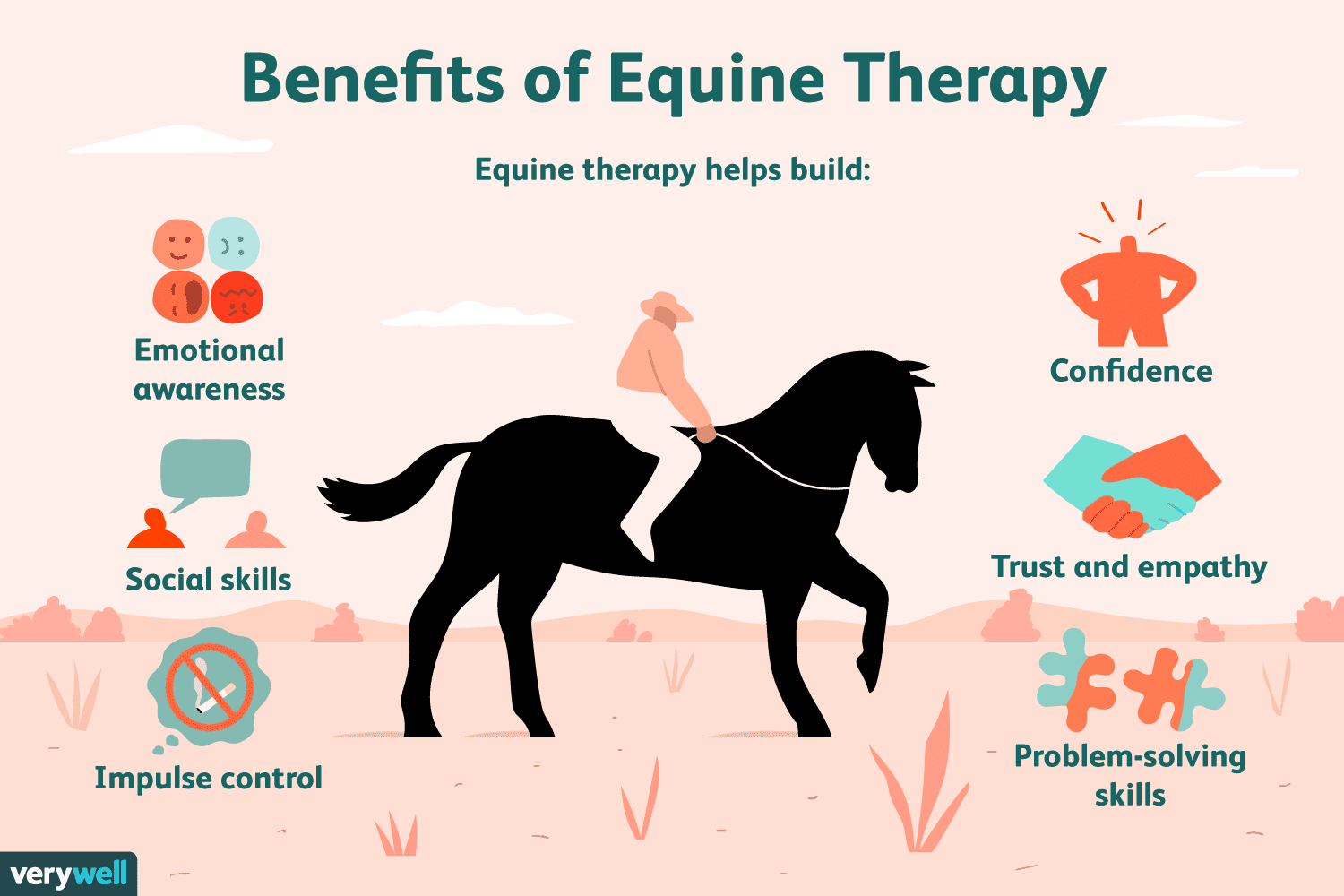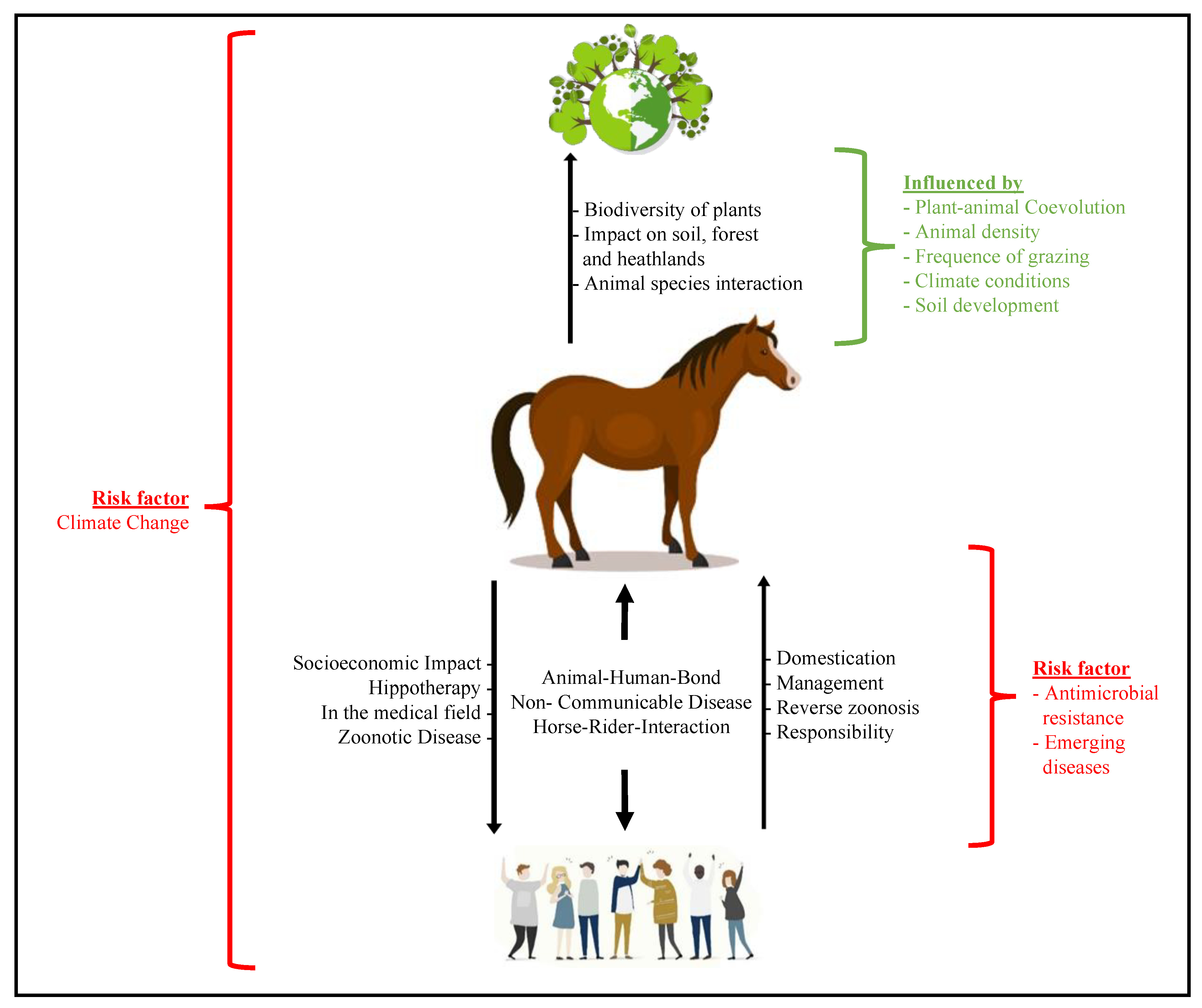Dealing with the decision of when to euthanize a horse with DSLD (Degenerative Suspensory Ligament Desmitis) can be an emotionally challenging and difficult process for horse owners and caregivers. DSLD is a degenerative and progressive connective tissue disease that primarily affects the suspensory ligaments in horses, leading to severe lameness and chronic pain. As the disease advances, the quality of life for the affected horse may become severely compromised, prompting the need to consider euthanasia as a humane option. In this article, we will explore the various factors and considerations that come into play when making the difficult decision of euthanizing a horse with DSLD.
Understanding DSLD

To comprehend the complexities of when to euthanize a horse with DSLD, it’s essential to grasp the nature of the disease itself. DSLD is a condition that affects the connective tissues, particularly the suspensory ligaments, leading to their gradual degeneration and loss of elasticity. As a result, affected horses experience chronic lameness, difficulty in movement, and persistent pain. This condition can be particularly challenging to manage, as it is progressive and often incurable. Understanding the physical and emotional toll that DSLD takes on a horse is crucial in determining the appropriate course of action.
Diagnosis and Prognosis

When a horse is diagnosed with DSLD, it is essential to obtain a thorough understanding of the prognosis. The progression of DSLD varies among individual horses, and some may experience a more rapid decline in quality of life compared to others. Working closely with a veterinarian who specializes in the management of DSLD is crucial in assessing the severity of the disease and its impact on the horse’s well-being. Through diagnostic tests, such as ultrasound and physical examinations, veterinarians can provide valuable insights into the stage of the disease, which can help in making informed decisions about the horse’s future.
Quality of Life Assessment

Assessing the quality of life of a horse with DSLD is a critical component in determining when it may be appropriate to consider euthanasia. Factors to consider include the horse’s level of pain, mobility, and ability to engage in natural behaviors such as grazing and social interaction. As DSLD progresses, the horse’s quality of life may become significantly compromised, impacting its overall well-being. Observing the horse’s daily activities, response to pain management, and overall demeanor can provide valuable insights into its level of comfort and contentment.
Medical Management and Palliative Care

While DSLD is a progressive and debilitating condition, some horse owners may explore medical management and palliative care options to alleviate the symptoms and improve the horse’s comfort. This can involve the use of pain medications, anti-inflammatory treatments, and supportive therapies to enhance the horse’s quality of life. However, it’s important to recognize that while these interventions can offer temporary relief, they may not halt the disease’s progression or reverse its effects. Understanding the limitations of medical management is crucial in evaluating the long-term welfare of the horse.
Financial and Emotional Considerations

The decision to euthanize a horse with DSLD also involves considering the financial and emotional implications for the owner or caregiver. The cost of ongoing veterinary care, medications, and supportive therapies can become a significant burden, especially if the horse’s condition continues to deteriorate. Additionally, witnessing the gradual decline of a beloved horse due to DSLD can take a substantial emotional toll on the owner, leading to feelings of grief, helplessness, and compassion fatigue. It’s important for owners to acknowledge and address these emotional challenges while making decisions about their horse’s welfare.
Consultation with Veterinary Professionals
Seeking guidance and support from veterinary professionals who specialize in equine health and welfare is crucial when navigating the decision-making process for euthanizing a horse with DSLD. Veterinarians can provide valuable insights into the horse’s condition, potential treatment options, and the realistic prognosis based on their expertise and experience. Engaging in open and honest discussions with veterinary professionals can help horse owners gain a clearer understanding of the options available and the potential outcomes for the affected horse.
End-of-Life Planning
As DSLD progresses, it becomes important for horse owners to engage in end-of-life planning for their beloved equine companion. This includes considering the most humane and compassionate options for the horse’s final moments, as well as making arrangements for euthanasia and aftercare. Working closely with a compassionate and experienced equine veterinarian to create a peaceful and dignified end-of-life plan is an essential part of ensuring that the horse’s transition is handled with care and respect.
Support Networks and Resources
Coping with the decision to euthanize a horse with DSLD can be an isolating and distressing experience for many owners. Seeking support from fellow horse owners, equine veterinarians, and animal welfare organizations can provide much-needed emotional support and guidance. Additionally, accessing resources such as grief counseling, pet loss support groups, and educational materials on end-of-life care for horses can help owners navigate the complex emotions and decisions that arise during this challenging time.
Deciding When to Euthanize
The decision to euthanize a horse with DSLD ultimately hinges on a combination of medical, emotional, financial, and ethical considerations. It’s essential for owners to carefully weigh the horse’s quality of life, level of pain and suffering, prognosis, and the impact of the disease on its overall well-being. While the decision is undoubtedly heart-wrenching, it is a profoundly compassionate choice made out of love and concern for the horse’s welfare. By considering all relevant factors and seeking professional guidance, owners can make an informed and empathetic decision regarding the timing of euthanasia.
If you’re considering the difficult decision of when to euthanize a horse with DSLD, you may also find our articles on how much ivermectin to give a horse and why castrate a horse helpful for understanding related horse care concerns. Additionally, learning about how much banamine to give a horse can provide valuable insight into equine health and well-being.
Conclusion
The decision to euthanize a horse with DSLD is one that requires careful consideration, compassion, and a deep understanding of the horse’s welfare. By assessing the horse’s quality of life, consulting with veterinary professionals, and seeking support from peers and resources, owners can navigate this challenging decision with empathy and integrity. Ultimately, the decision to euthanize a horse with DSLD is a profoundly selfless act, driven by love and a profound commitment to the well-being of the beloved equine companion.



